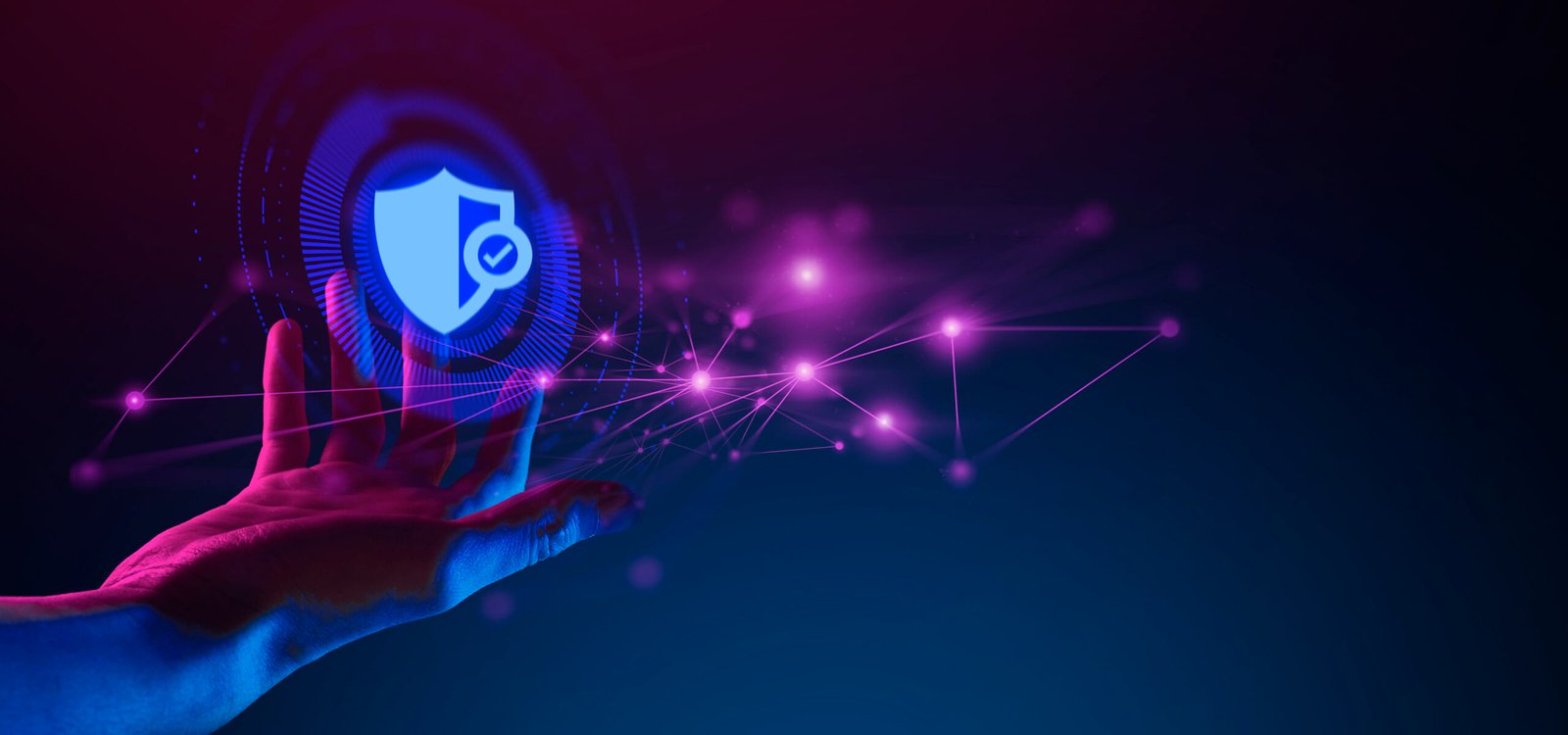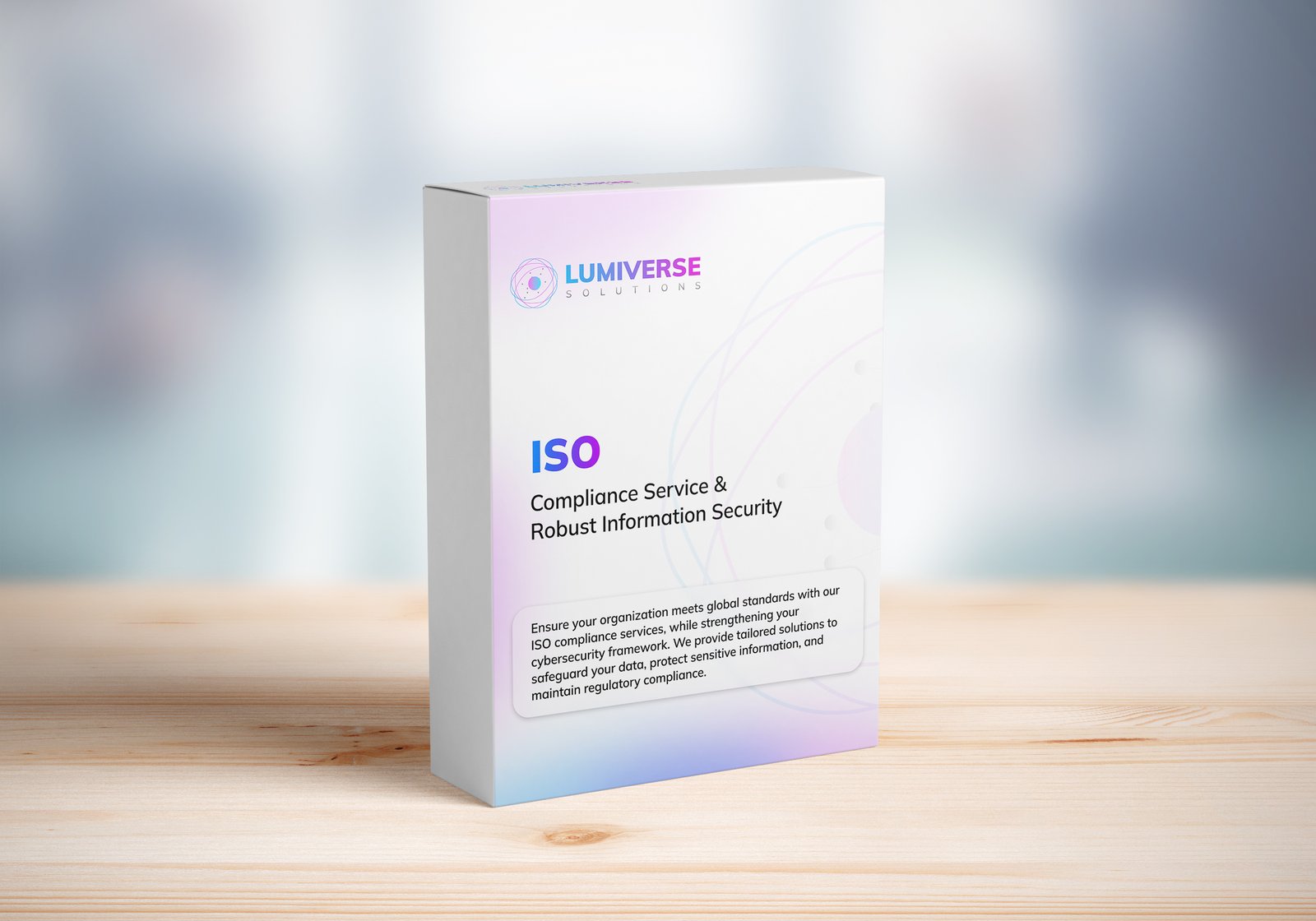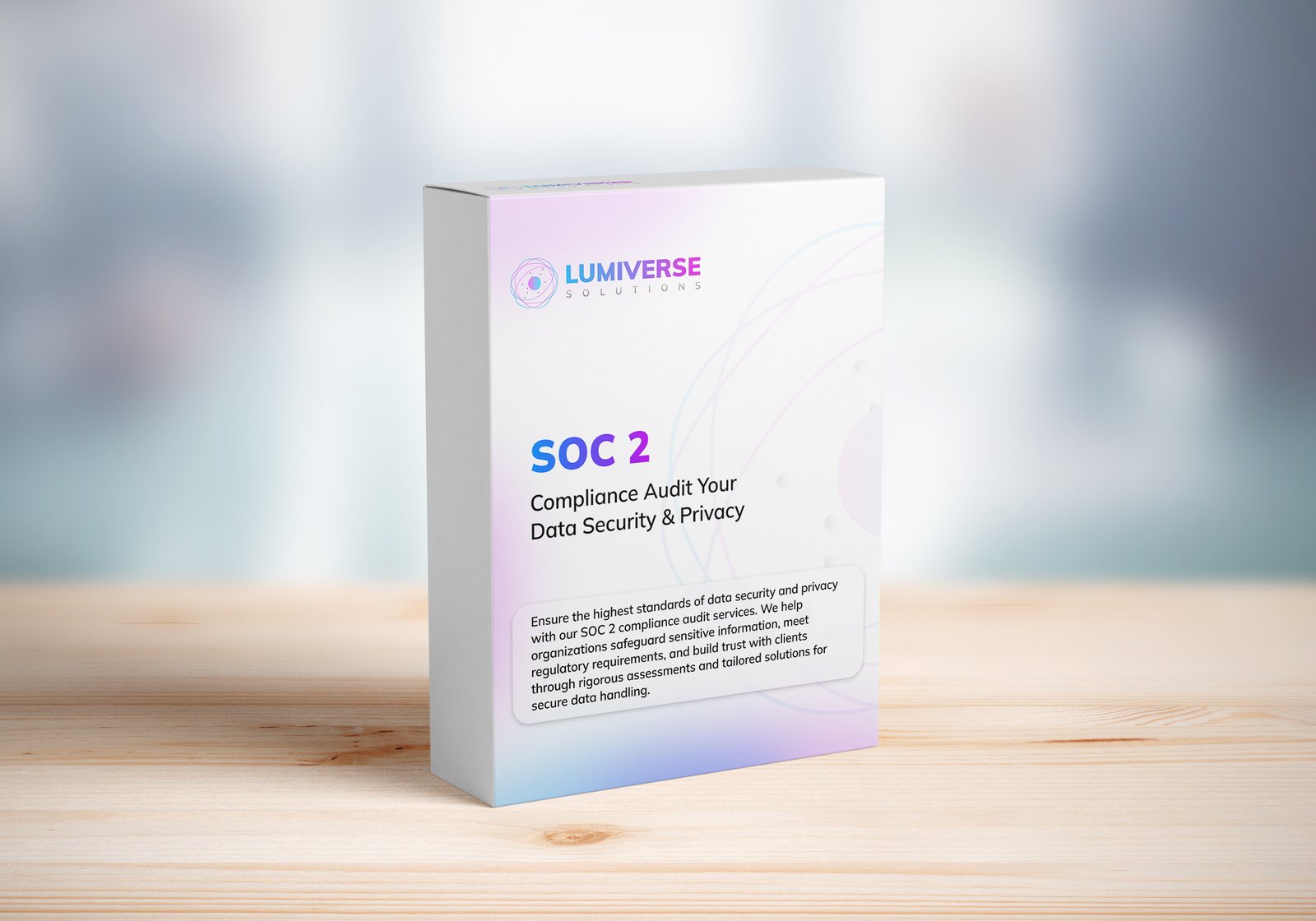Zero Trust Security The Future of New Cyber Defense
INTRODUCTION
As online threats become more sophisticated and pervasive these days, traditional security models no longer apply. Organizations everywhere have adopted an extremely strong security model called Zero Trust Security. Unlike traditional techniques in the perimeter defense model, Zero Trust Security uses the “never trust, always verify” strategy.
This encyclopedic entry will delve into Zero Trust Security, its standards, deployment best practices, and how Zero Trust is influencing the cyber security future. Zero Trust Security is a phrase business organizations, IT administrators, and cyber security professionals should be familiar with to secure sensitive data and infrastructure against cyber attacks.
What is Zero Trust Security?
Zero Trust Security is a security model that removes the trust factor from the organization’s network. All of it is authenticated before granting access to the resources. Least privilege, rigorous identity authentication, and constant monitoring are used to prevent security violation.

Zero Trust Security Best Practices
Authenticate All Access Requests – Verify and authenticate all users and devices attempting to access the network.
Least Privilege Access – Grant access rights to devices and users on a need basis only.
Microsegmentation – Segment the network into independent partitions in an effort to restrict the attacker’s ability for lateral movement.
Continuous Monitoring and Analytics – Utilize analytics powered by Artificial Intelligence to recognize and respond to threats in real-time.
Act with the Breach Mindset – Always behave as though the network is in danger of an attack and continuously defend it from threats.
Why Zero Trust Security is imminent
The enhanced levels of cyber attack sophistication coupled with cloud and remote work made Zero Trust Security imperative. The “castle-and-moat” security strategy has become out-of-date due to emerging threats such as:
Inside attacks
Phishing and stealing credentials
Ransomware
Advanced persistent threats (APTs)
Supply chain attacks
Zero Trust Security Implementation
Zero Trust Security is implemented in an organization by observing the following step-by-step process:
1. Label and Classify Assets
Count users, devices, and digital assets.
Classify information on sensitivity as well as on compliance requirements.
2. IAM Installation with high strength
Activate MFA for all.
Implement identity governance on restrictive access as required.
Deploy biometric-based authentication for security enhancement.
3. Microsegmentation and Network Security
Partition the network into more secure, smaller mini-assemblies.
Protect between zones role-user and through policy.

4. Enforce Continuous Monitoring and Threat Detection
Enforce real-time threat detection using artificial intelligence and machine learning.
Automate threat response in attempting to contain threats at an early stage.
5. End-Point Device and Remote Access Security
Enforce strict device compliance procedures.
Enforce endpoint detection and response (EDR) controls.
Secure remote access using VPNs and Zero Trust Network Access (ZTNA).
6. Enforce Data Encryption and Protection Controls
Secure sensitive data en route and in storage.
Enforce robust data loss prevention (DLP) controls.
Benefits of Zero Trust Security
1. Enhanced Cyber Threat Defense
Zero Trust Security mitigates the risk of data exposure and unauthorized access through continuous authentication and monitoring.
2. Enhanced Compliance and Regulation
Regulatory compliance such as GDPR, CCPA, and HIPAA necessitates the use of robust data security controls within organizations. Zero Trust Security facilitates compliance.
3. Enhanced Visibility and Control
Organizations are able to view all network traffic and obtain more visibility into security threats through the adoption of Zero Trust Security.
Zero Trust Security reduces the attack surface for lateral movement across the network through the strength of the assistance of microsegmentation and strict access controls.
5. Frictionless Cloud Security Integration
With companies moving to the cloud, Zero Trust Security protects organizations’ cloud environments against unauthorized behavior.
Trends for Zero Trust Security
1. Artificial Intelligence threat intelligence
AI is an essential part of Zero Trust Security to allow improved threat detection, behavioral monitoring, and automatic incident handling.

2. Device Zero Trust in Internet of Things
Increasing devices under IoT trending nowadays, there must be Zero Trust Security installation in the device connected so that no unauthorized entry could occur with leakage of information.
3. Cloud-Native Security Solutions
The other organizations deploy cloud-native security solutions that incorporate Zero Trust Security controls for safeguarding sensitive data uploaded to cloud networks.
4. Security Orchestration Automation
Zero Trust Security further employs automation more as an intrinsic aspect, with this enabling the security team to act quickly in reaction to the threat and have access policies embedded.
5. Zero Trust Security for 5G Networks
As 5G technology advances, cell network security that includes Zero Trust Security must be deployed to counter future-gen connectivity cyber assaults.
6. Dark Web Threat Intelligence
Dark web monitoring and Zero Trust Security are being used by companies to monitor stolen credentials as well as defend against intrusions before cyber attacker use.
7. Integration of Biometric Authentication
Biometric authentication technology such as facial recognition and fingerprint scanners is integrating an extra factor of identity authentication into conjunction with Zero Trust Security.
8. Cyber Mesh Distributed Security Architecture
Cyber mesh distributed security architecture is utilized in conjunction with Zero Trust Security to protect fragmented networks as well as heterogynous networks with enhanced security.
9. Remote Work Zero Trust Security
Organizations are implementing Zero Trust Security to safeguard sensitive data remotely accessed due to increased work-from-home usage.

10. Quantum-Resistant Cryptography
Quantum computer breakthroughs ensure that the future of cyber defense has quantum-resistant encryption as well in order to equip Zero Trust Security with the conditions required to thrive.
The Future of Cyber Defense with Zero Trust Security
As cyber attacks rise unabated, Zero Trust Security will be the future of safeguarding digital assets. The companies embracing this philosophy will be better equipped to handle cyberattacks, more alert to regulatory needs, and maintaining customers’ trust.
Conclusion
Zero Trust Security is revolutionizing the organizational security scenario. Using a “never trust, always verify” approach, organizations are in a position to significantly cut down their cyber attacks, along with establishing their security reputation. In the aftermath of increasing threats across the cyberspace, Zero Trust Security will feature prominently in having an effective and future-proofed cyber defense mechanism.companies that make Zero Trust Security their number one priority will not only be more secure, but they will also have a competitive advantage with data protection, as regulation defines it, and customer trust.
Disclaimer
This is a learning article and not professional advice in cybersecurity or law. All efforts have been made to be precise, security threats being a continuous and evolving process, and information presented can become outdated. Organizations are required to make their own research and consult cybersecurity specialists, lawyers, and regulatory authorities before implementing Zero Trust Security paradigms. The author and publisher reserve the right to exclude any direct or indirect effect due to application or use of this work.
Recent Posts
Categories
- Cyber Security
- Security Operations Center
- Cloud Security
- Case Study
- Technology Trends
Vulnerability Assessment & Penetration Testing (VAPT)
Buy our VAPT services to identify vulnerabilities, simulate real-world attacks, and strengthen your systems against cyber threats effectively.

iso compliance service
Buy our ISO Compliance services to streamline processes, ensure security, meet global standards, and maintain industry certifications with ease.

SOC 2 Compliance Audit
Ensure your business meets security, privacy, and compliance standards with our SOC 2 Compliance Audit services. Protect data, build trust, and stay secure. Buy our services today!

GDPR Compliance Audit Services
Ensure your organization meets GDPR standards with our expert compliance audit services. Protect data, avoid penalties, and enhance privacy practices. Buy our services today to stay secure and compliant!

Subscribe to our Research
Enter your email address to subscribe to Lumiverse Research and receive notifications of new posts by email.
Tell Us Your Opinion
We value your perspective! Share your thoughts, feedback, or questions below. Your opinion matters and helps create a richer, more engaging conversation. Let’s connect and hear what you think about this post!

